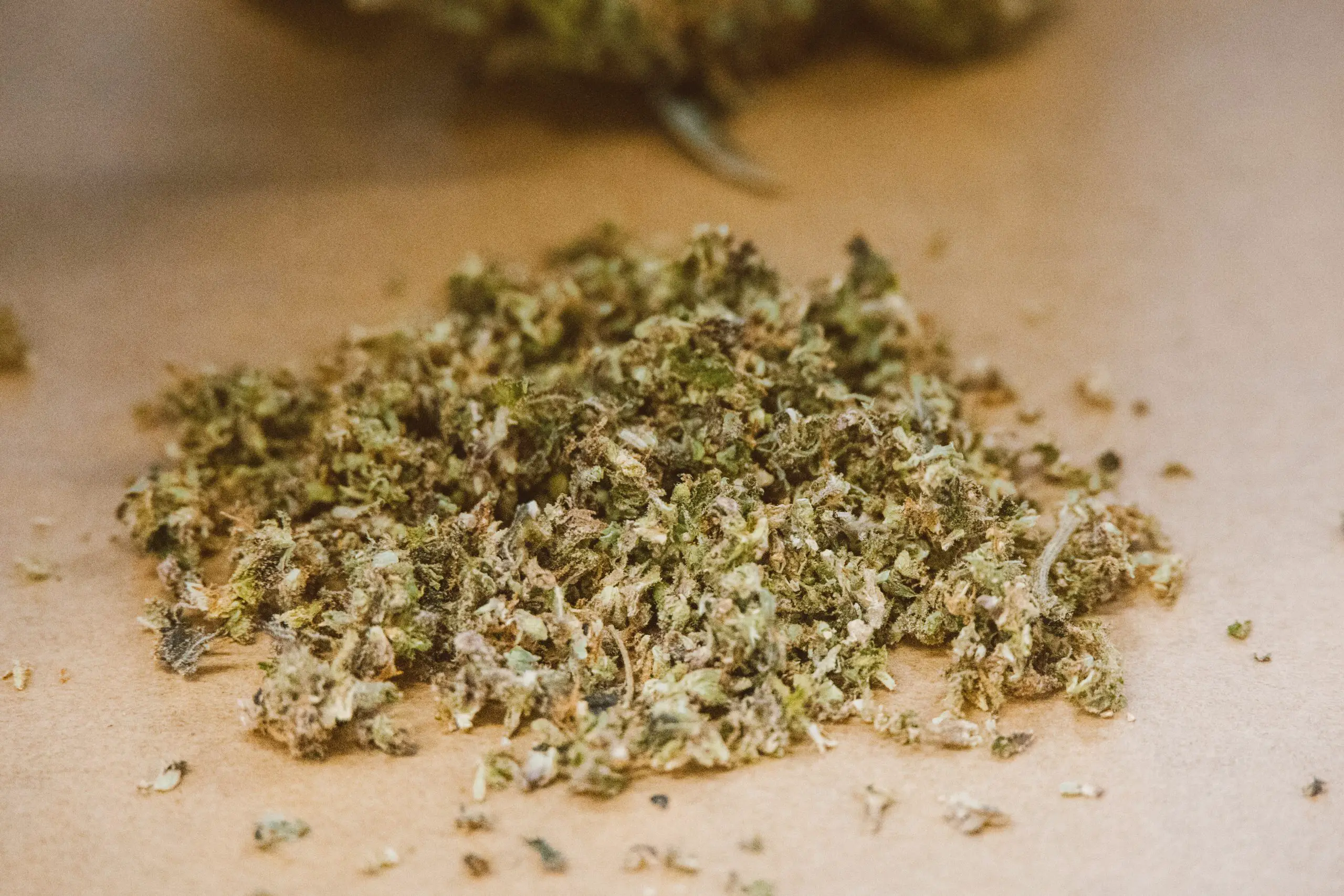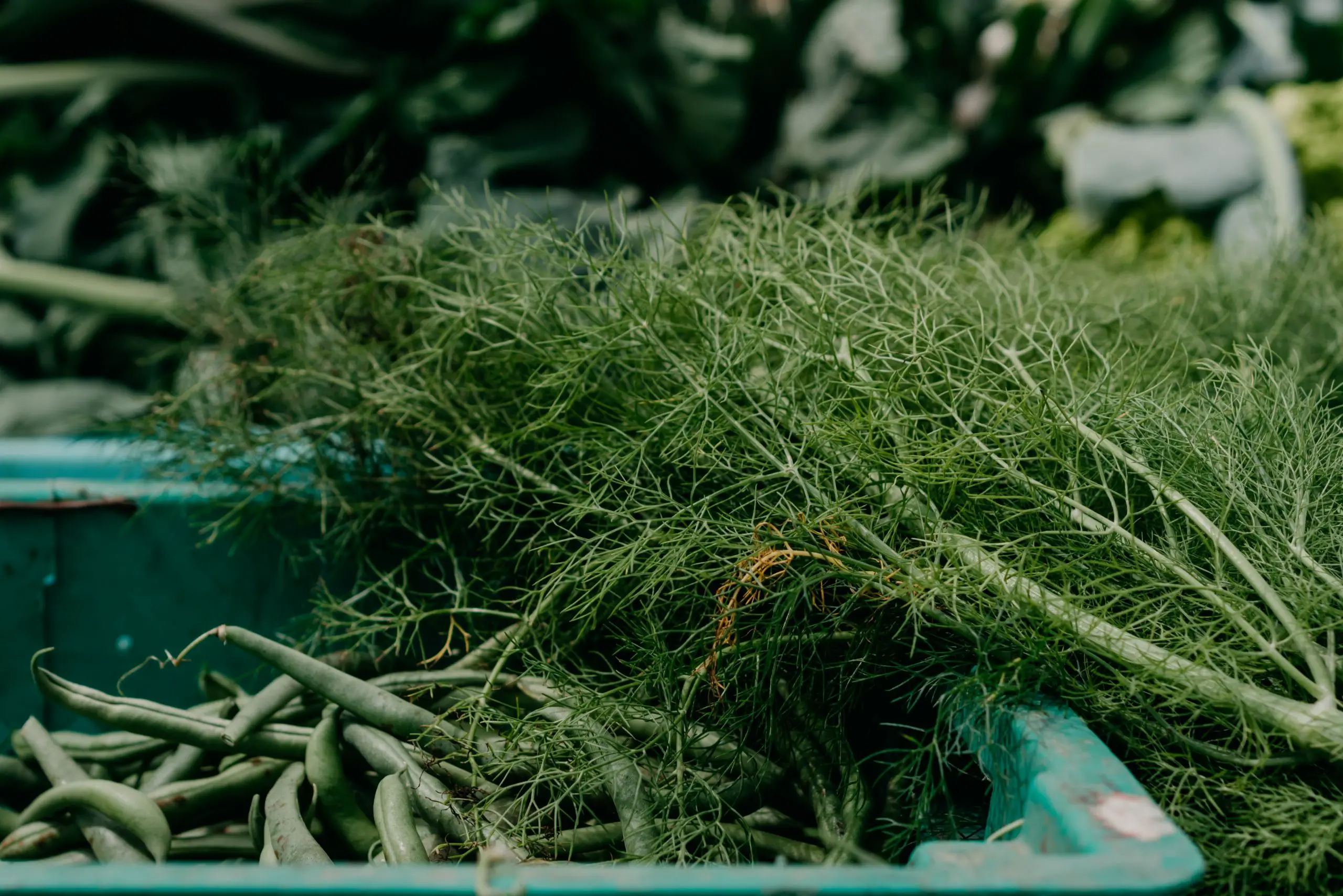You may preserve the flavor and perfume of fresh dill for use in cooking and seasoning foods by drying them. The technique is straightforward. It’s simple to dry dill leaves and stems for use in various meals, whether you’ve grown it in your garden or bought it from the store.
Dried dill imparts a powerful, aromatic flavor to a range of foods and can be utilized in the same ways as fresh dill. In this article, we’ll go through how to dry fresh dill step-by-step and offer some advice on how to store and use dried dill.

What is Dill?
The herb dill is indigenous to Western Asia and the Mediterranean region. It is a well-liked component in many different cuisines, especially in Eastern Europe and the Middle East.
Dill is a herb with small, yellow blooms and thin, green leaves that resemble fennel or parsley. Both the leaves and the seeds of the dill plant, which are frequently used in cooking, have a distinctive flavor that is tart and slightly sweet.
Fresh vs.Dried
The flavor of dried dill weed, available in the supermarket’s spice aisle, is a poor imitation of fresh dill weed. If that is all you can access, add more dried dill to your recipe. Dill seed will also be sold in dried form, suitable for all uses.
How to Dry Dill Weed?
Drying fresh dill is a simple process that allows you to preserve the herb’s flavor and aroma for cooking and seasoning dishes. Whether you’ve grown dill in your garden or purchased it from the store, you can easily dry the leaves and stems to use in various dishes.
Dried dill can be used the same way as fresh dill, adding a bold, aromatic flavor to various dishes. There are several methods for drying dill, including air-drying, oven-drying and using a dehydrator.
Method 1. Air-Drying:
To air-dry dill, you’ll need a sunny location with good airflow. Start by cutting the dill stems to about 4 inches in length and remove any yellow or wilted leaves. Next, tie the stems together with twine or a rubber band and hang them upside down in a sunny location with good airflows, such as a porch or shed.
It’s important to keep the dill away from direct sunlight, as the heat can cause the herb to lose its flavor. Allow the dill to hang and dry for about a week or until the leaves are crisp and crumbly. Once the dill is fully dried, remove the leaves from the stems and store them in an airtight container until ready to use.
Method 2. Oven-Drying:
- Preheat your oven to the lowest setting (usually around 150-200°F) to oven-dry dill.
- Place the dill on a baking sheet lined with parchment paper and place it in the oven.
- Leave the door slightly ajar to allow for airflow.
- Check the dill every 30 minutes, flipping the leaves over to ensure even drying.
It should take about 2-3 hours for the dill to dry fully. Once the dill is fully dried, remove the leaves from the stems and store them in an airtight container until ready to use.
Method 3. Dehydrator:
To use a dehydrator to dry the dill, cut the dill stems to about 4 inches in length and remove any yellow or wilted leaves. Place the dill on the dehydrator tray, making sure to keep the tray manageable. Set the dehydrator to the herb setting (around 95-115°F) and allow the dill to dry for 6-8 hours or until the leaves are crisp and crumbly.
Dried dill is a versatile herb used in various dishes, including soups, stews, salads, and sauces. No matter which method you choose, it’s important to store the dried dill in an airtight container in a cool, dark location. Once the dill is fully dried, remove the leaves from the stems and store them in an airtight container until ready to use.
Dried dill can be stored for several months, but it’s best to use it within the first few months for the best flavor and aroma. To use the dried dill, crumble the leaves between your fingers and sprinkle them over the dishes before serving. So, these are the steps to dry fresh dill at home.
Reference: Effect of drying methods on the quality characteristics of dill (Anethum graveolens) greens.
Dill greens that have been dehydrated may be a useful dietary supplement to improve human nutrition because of the polyphenols, carotenoids, ascorbic acid, and minerals that make up this food.
Dill is a well-liked herb for enhancing the flavor of casseroles, stews, and soups. It is a common addition to various foods, especially in Eastern Europe and the Middle East, and is frequently used to flavor pickles, fish, shellfish dishes, salads, and dressings. Dill has a peculiar flavor typically compared to a parsley and anise blend. It is also slightly sweet and acidic.
Dill should be kept in a cold, dry place to prevent it from losing its flavor and strength. The dill won’t be able to absorb moisture or scents from the air, keeping it fresh. Use a container with a tight-fitting lid, such as a jar or a plastic bag with a zip-top closure, to keep the dill in an airtight container.
Dill should not be kept close to sources of heat or moisture. Dry herbs should be kept in a pantry or cabinet near the stove or sink. Keep the dill away from light: It’s better to keep dry herbs somewhere that aren’t directly exposed to sunlight because light can make them lose their flavor.
Use the dill within a year of purchase: Dry herbs lose flavor over time, so it’s best to use them within a year. You can freeze dill to extend its shelf life if you have a considerable amount you don’t think you’ll be able to utilize within a year. Dill can be frozen easily by putting it in an airtight container or plastic bag and putting it in the freezer.
What is the Shelf of Dry Dill?
The way dry dill is stored will affect how long it will last. Dry dill can last longer when stored properly, but improper storage can lead to it losing flavor and strength more quickly. Dry dill should generally be used within a year of purchase because it tends to lose flavor over time.
Dill can be frozen to increase its shelf life if you have a lot of it and don’t think you’ll use it all within a year. Several elements can shorten or prolong the shelf life of dry dill, including:
- Air exposure: If dry dill is left out in the air for a long time, it will lose flavor and potency. To maintain the flavor of dry dill, it is crucial to store it in an airtight container.
- Light exposure: It’s preferable to store dry herbs away from direct sunlight because exposure to light can make them lose their flavor.
- Temperature and humidity: To prevent absorbing moisture or losing its flavor, dry dill should be kept in a cool, dry environment. Keep dry dill away from sources of heat or moisture when storing it.
Dill is a leafy plant that has long been utilized in cuisines worldwide. Dried dill can be used in various dishes to add flavor and aroma. Dried herbs are generally more potent than fresh, so you may want to use a little less dried dill than you would if you were using fresh.
This delicious vegetable is simple to grow and has many uses. It has a grassy flavor with citrus and anise undertones. It is ideal to use the feathery leaves as a garnish or dip. In addition, it gives lighter foods a vibrant green flavor. Manganese, folate, and iron are all abundantly found in dill weed. Dill seeds are frequently employed as a spice.
These seeds resemble caraway seeds but have a stronger scent. They are also a great source of calcium, potassium, and vitamin C. Digestive issues can also be treated with dill. It has been used for a long time to treat newborn colic and stomach pain. It’s always a good idea to start with a small amount and adjust to the taste.
Here are Some Suggestions for how to use Dried Dill:
- Sprinkle it over roasted potatoes or other vegetables.
- Add it to scrambled eggs or omelets for a unique flavor.
- Mix it into your favorite salad dressing recipe.
- Sprinkle it over grilled fish or seafood.
- Use it in a marinade or rub it for grilled meats or vegetables.
- Add it to soups, stews, and casseroles for a subtle flavor.
- Mix it into dips, such as sour cream or yogurt, for a quick and easy flavor boost.
Conclusion
To sum up, drying dill weed is a quick and easy approach to retaining the flavor and scent of the herb for use in cooking and seasoning food. Whether you dehydrate using a dehydrator, an oven, or the air, the process is simple and can be completed at home with very little equipment.
Dill weed can be dried and used in place of fresh dill for several months when kept in an airtight container. Learning how to dry dill weed is a practical skill that will enable you to use this wonderful herb in various meals, regardless of your cooking experience. These are the procedures for drying dill at home.

